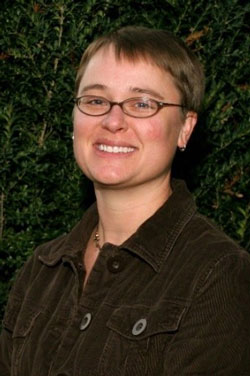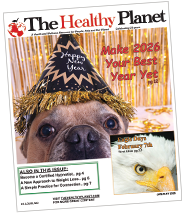
By Emily Andrews, Executive Director, Missouri Gateway Green Building Council
“What is a green building?” This is a common question fielded by staff and members of the Missouri Gateway Green Building Council. More often than not, our answer starts by describing a few of the most common green buildings strategies . . . A green building uses less natural resources, like energy and water. A green building supports healthy indoor environments for its occupants. A green building saves money on operations. Lucky for green building practitioners, we also have the LEED (Leadership in Energy and Environmental Design) Green Building Rating System, which not only defines green buildings, but also provides a framework for designing, constructing and operating green buildings. With over 197,000 LEED projects representing over 29 billion (!) square feet worldwide in 186 countries and territories, LEED is the world’s most widely used green building rating system – and it’s getting a facelift!
We recently hosted an Evolution of LEED Panel featuring local stakeholders and U.S. Green Building Council staff to learn more about the newest version of LEED. USGBC released a LEEDv5 draft last fall, followed by a public comment period this spring. Based on public comments, LEEDv5 will be refined and available for use in 2025.
LEEDv5 was developed around the following three central areas of impact. Every credit and prerequisite has a connection to one or more of these impact areas.
Decarbonization: LEEDv5 addresses all sources of carbon in a building – targeting reductions in reductions in operational, embodied, refrigerants, and transportation emissions. Operational carbon includes energy efficiency and renewable energy. Embodied carbon refers to materials used for a building structure, enclosure and finishes.
Quality of life: LEEDv5 improves health, wellbeing, resilience, and equity for building occupants and their communities, so that spaces are environmentally friendly and people friendly. Strategies include healthy indoor air quality, climate resilience assessment, and access to daylight and views.
Ecological conservation and restoration: LEEDv5 considers the interconnectedness of ecological systems and human-built environments, aiming to minimize ecological harm while promoting restoration, biodiversity, and conservation. Strategies include rainwater management and minimizing impacts on a building site.
As a ratings system, LEED was always meant to evolve. This solution-oriented, integrated framework will only improve; giving building owners, designers, builders and operators the tools to drive real-world impact and positive change. I look forward to the new, better, and even greener LEED as it rolls out next year. To learn more, visit www.usgbc.org/leed/v5 or reach out to your Missouri Gateway Green Building Council at info@mogreenbuildings.org. We love to field your green building questions!


